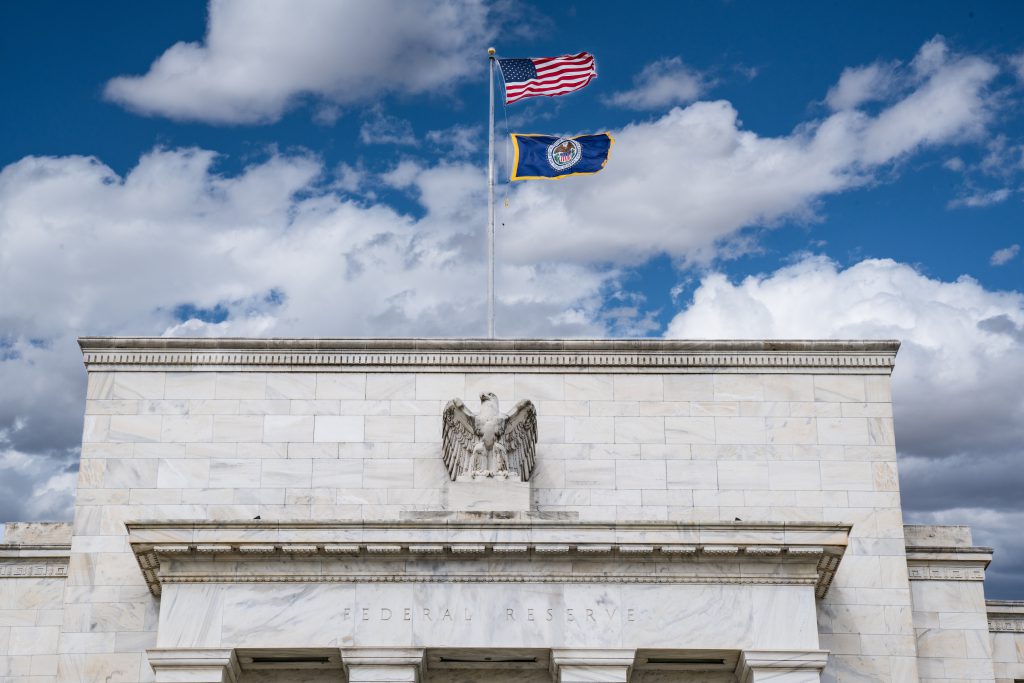
This week, investors’ attention is fixated on the actions of central banks, particularly the Federal Reserve and the European Central Bank (ECB). The backdrop to this anticipation has been set by the unexpected rate hikes from the Reserve Bank of Australia and the Bank of Canada, which occurred last week. These moves, contrary to the prevailing consensus, have not only sent ripples through the financial markets, but also reshaped the discourse around the durability of current interest rates. The financial community is now confronting the stark realisation that the much-anticipated rate cuts may not materialise this year, and possibly might not surface until well into the next year.
One of the dominant challenges facing central banks worldwide is the issue of sticky core inflation. This stubborn problem, refusing to be tamed, has been further complicated by the surprise rate hikes last week. These events have spurred a new round of conjecture that the Federal Reserve’s expected “pause” in rate adjustments might not be as much of a foregone conclusion as was previously assumed. At the time of writing this article, the odds for a 25 bps hike are just below 30%.
With the ECB seemingly on the brink of a 25 basis point rate increase this week, a move expected to be mirrored by the Swiss National Bank and the Bank of England in the following week, the Federal Reserve’s stance might increasingly appear as an outlier. This divergence becomes even more pronounced in light of the recent indications from Fed policymakers. Before entering their media blackout period, these policymakers hinted strongly at a potential hiatus in rate adjustments in June, coupled with the possibility of another hike in July.
However, the landscape of global finance is constantly shifting, and recent developments have further muddied the waters. OPEC+, a group of major oil-producing countries, has announced another round of production cuts. Meanwhile, the prospect of higher agricultural commodity prices looms on the horizon, spurred by the sabotage of a Ukrainian dam which resulted in widespread flooding of farmland.
Inflationary pressures remain a pervasive challenge, with inflation rates stubbornly exceeding the target rate for all central banks. This raises a critical question: in the face of these pressures, can the U.S. Federal Reserve realistically afford to hit the pause button? Or, given the deflationary pressures emanating from China, is their cautious approach actually a prudent strategy?
Economic growth is already showing signs of deceleration in China in the post-pandemic era. Europe, Germany and the EU are confronting a technical recession, with the UK possibly on a similar trajectory. Demand for oil and gas is also slowing, adding another layer of complexity to the situation. The decisions made by central banks this week could play a pivotal role in determining their future course of action. These decisions will indicate how much further central banks are willing to push before offering any insights into when they expect to halt the cycle of rate hikes.
The trajectory of inflation, the longevity of current interest rates, and the sustainability of economic growth across the globe are all hanging in the balance and the decision which these central banks will take will most likely give direction to the markets.
Ivailo Chaushev,
Chief Market Analyst at Deltastock
Risk warning:
This article is for information purposes only. It does not post a buy or sell recommendation for any of the financial instruments herein analysed.
Deltastock AD assumes no responsibility for errors, inaccuracies or omissions in these materials, nor shall it be liable for damages arising out of any person’s reliance upon the information on this page.
73% of retail investor accounts lose money when trading CFDs with this provider.